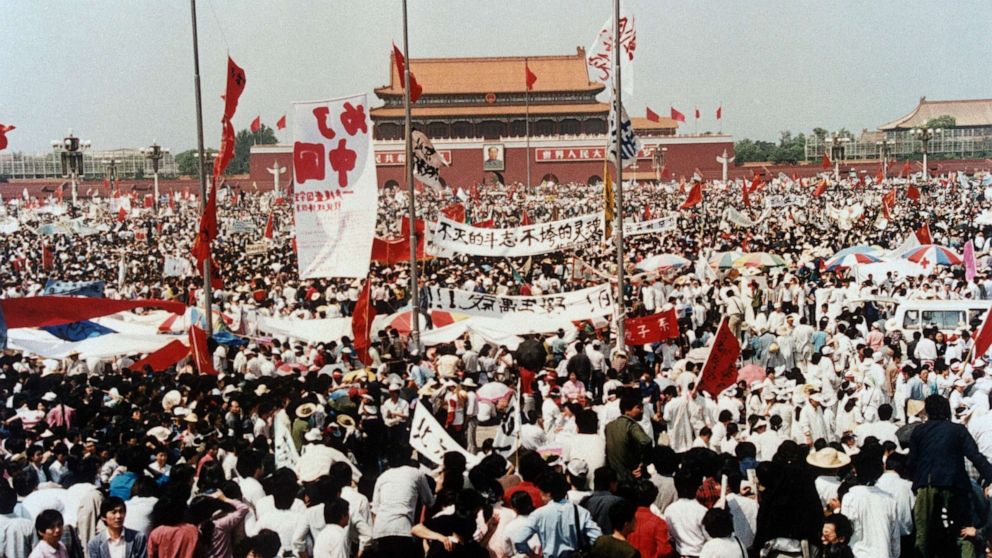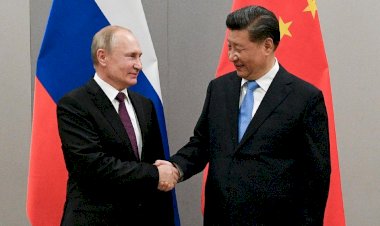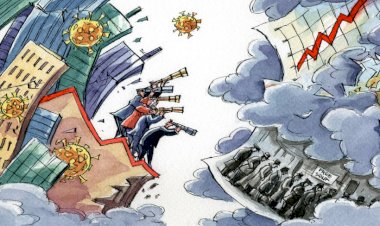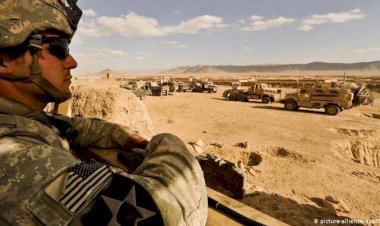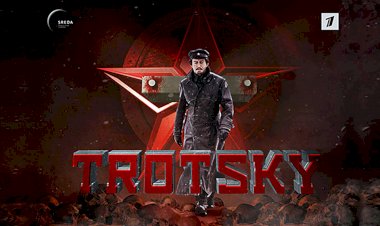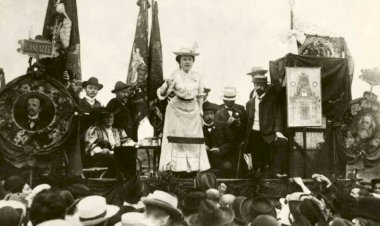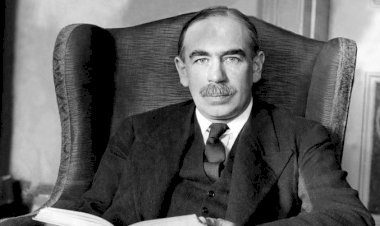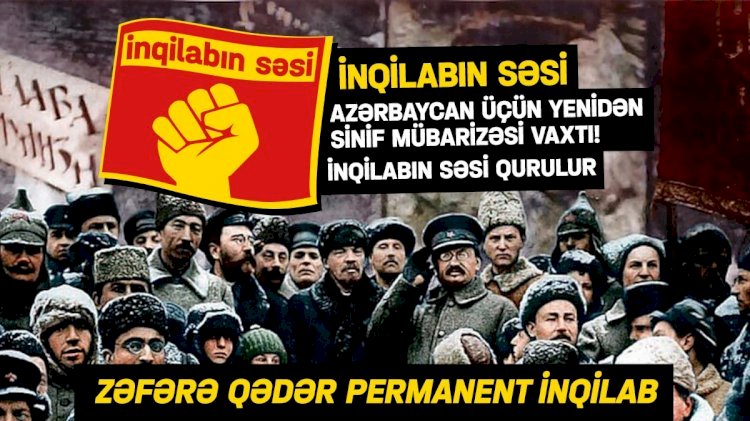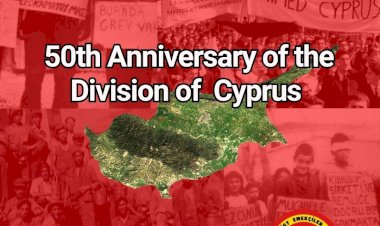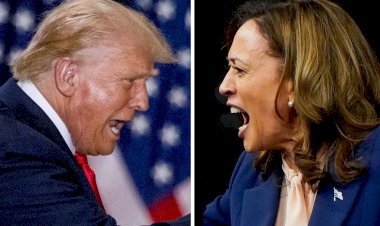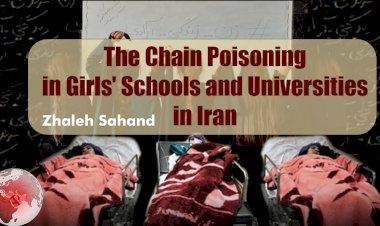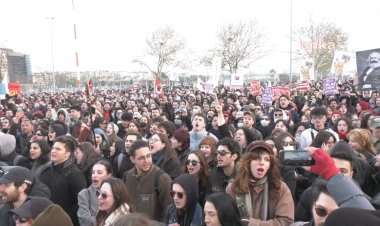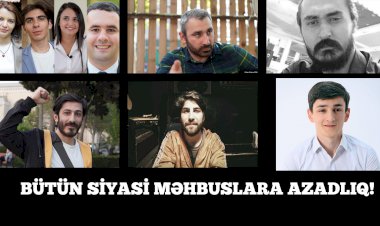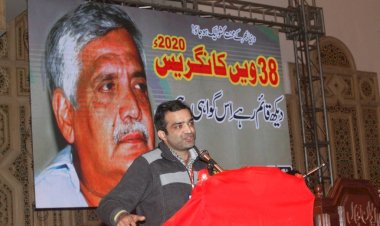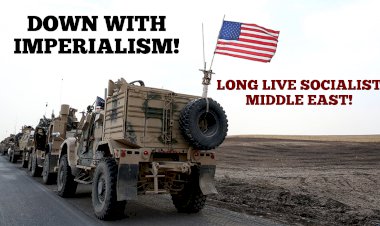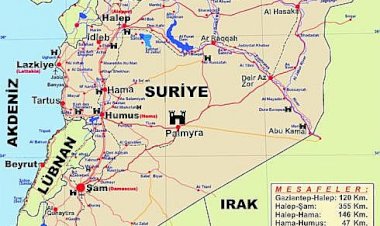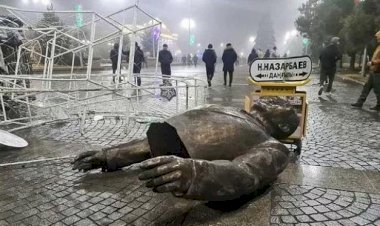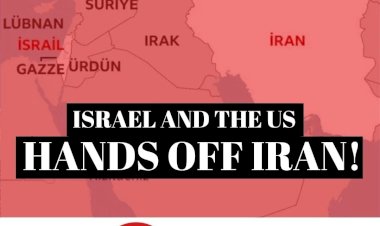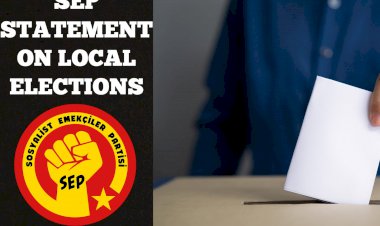Tiananmen Massacre on 30th Anniversary – Emre Güntekin
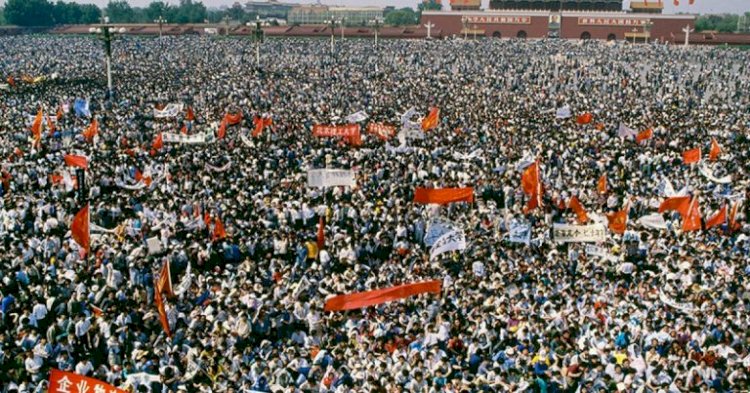
Thirty years ago, when the Chinese student youth and working classes rebelled against the Chinese Communist Party (CCP) bureaucracy, they were met with a great massacre in Tiananmen on 4th of June 1989. Up to the present, the number of deaths was expressed in thousands; the rebellion of the youth and working classes was suppressed by blood.
For the CCP regime, in the spring of 1989, things were getting harder; life was stopped by the strikes and the protests, regime’s control within the army was becoming loose. Not only in Beijing, but also in almost every city, the masses were on the streets against the regime. Experiences before Tiananmen were some signals of a possible political revolution that could led by working class against the CCP regime. The events in China were historically resembling the revolutionary uprising against the Stalinist bureaucracy in Hungary, in 1956.
The Path to Tiananmen
After the death of Mao in 1976, Deng Xiao Ping who took the power in 1978 resolved the internal conflict in the party. With Deng, China came to a historical turn.
In the economy, the process of integration to the free market which had started with the “Ping-Pong Diplomacy” developed between Mao and Nixon since the early 1970s, the gate to the foreign capital was opened to the full extent with Deng. The CCP bureaucracy had developed significant relations with the USA against the USSR since 1970s along with Mao’s Three World Theor. In this way, China got rid of a major political obstacle on attracting the foreign capital.
While one of the world’s cheapest labour resources was being mobilized for the service of the capitalists by the Deng-led party leadership, politically, the CCP regime was oppressing harshly even the slightest opposition of the working classes within the country. The years with Deng had been the beginning of the era that China became the export champion of the world based on a economy of harsh exploitation.
Although this reform program led to the expansion of production in agriculture and industry until the mid-80s, the crisis was hard at hand. The requirements of the free market capitalism and the economic priorities of the bureaucracy were in contradiction. As the agricultural production declined, a new generation of “gulags” began to emerge in the countryside and the class differences gradually increased. While the surplus population piled up in rural areas, a wave of migration started to the urban areas, which were attracting the foreign capital investments like Shanghai and Guangzou. In that cities where huge need of labour force emerged, millions of people were met with poverty and misery. It is known that the migration from rural to cities exceeded 100 million. The working conditions were not better than the conditions of England in the 19th century. Wage increase rates were reduced due to the crisis, especially in the period between 1984 and 1988, military discipline was started being used by the party to increase productivity in the workplace. On the other hand, by 1989, inflation had reached higher level even than 1949. The annual inflation rate, which had been 2.6% between the years of 1978 and 1984, rose to 25.5% in the first half of 1989.
Furthermore, the corruption at the top of the party and between the capitalist classes had come out. With market reforms, a new generation of wealthy people just like the Nep-men of the NEP era, which is began to be implemented in Russia in 1921, were rapidly evolving, especially among the party bureaucrats. While many small and medium-sized enterprises in the hands of the state are sold or rented to bureaucrats in charge of; the process of transformation of bureaucrats into capitalists began. Of course, working class had no control or right to speak on production process. Job safety, an achievement of the 1949 Revolution, was completely abolished in 1986. The fates of the workers would now be in their managers’ hand. With the start of the contract work, the dismissals took place very quickly. In the first place 10.000 workers in Qingdao and 40.000 workers in Zhouzou would be fired and that was just the beginning. Within a year, the number of layoffs reached to 300.000. According to the official data, the number of unemployed exceeded 15 million. The tension between bureaucrats and workers had reached such an extent that 276 factory managers were reported to be beaten by the workers in Liaoning area between January and June in 1988. In short, the Maoist CCP administration had no legitimacy in the eye of oppressed and exploited classes of the society.
Intra-party conflicts also had an impact on the movement. General Secretary of the Party Hu Yaobang was seen as the natural leader of the Democracy Movement, which began with the Wall of Democracy about ten years ago and revived in 1986. In addition, advocated economic liberalism to accompany his political pluralism and loosen the party’s control over the state and economy, When he expelled from the party in January 1987, an unrest raised especially among student youth and the party’s mid-level cadres. Hu Yaobang’s death and funeral in April 1989 sparked Tiananmen mobilisations. The main demand of the youth, especially in Beijing, was the restoration the honour of Yaobang. Protests had started during the funeral showed that the coming months would be tumultuous .
How Did the Riot Develop?
The protests that began at Yaobang’s funeral continued on May 4th with tens of thousands students marching to Tiananmen. Students’ actions were enthusiastically welcomed by those who were dissatisfied with the CCP regime, and a great public support developed. Even if the Party Secretary Zhao Ziyang stated that the students’ demands were supported by the party and there was no difference between them.
The protests beginning on 4th of May grew even further with the visit of Gorbachev on 15th of May, which ended the 30-year cold war between the two countries. Even though the CCP administration tried to change the date of the visit, it would not change anything in terms of these mobilisations; 3000 students went on hunger strike in Tiananmen with the support of different segments of the society; with them tens of thousands of students camped on Tiananmen.
Within the party, especially among the lower and middle level cadres, and approach to solving the issue with dialogue seemed to prevail; even Zhao took up a position toward meeting the demands of the students at the Politburo meeting on 18th of May, yet this was not accepted. Then, he went to meet the students in the square despite the strict leadership of the party, especially Deng Xiaping.
At that stage, the demands of the youth were limited to democratic demands; expanding the individual rights and freedoms, freedom of speech and building a politically pluralist structure .
On 20th of May, Prime Minister Li Peng, a symbol of corruption and nepotism within the party in the eyes of the masses, declared martial law. After this decision, the number of the activists in the capital city Beijing reached to 1 million. Moreover, this time the actions would be radicalized discursively.
Intervention of The Working Class
At this stage, the working class, whose living standards declined gradually by the economic reforms, reacted to the corruption of the CCP leadership, took part in the movement. Working class that had already dissatisfied with the regime,declared a manifesto on the 20th of May asking the CCP administration the following questions:
“1) How much did Deng’s son invest in betting on horse racing in Hong Kong and where did he get the money from? 2) Mr. and Mrs Ziyang play golf every week. Who pays for this and other expenses? … 4) The Central Committee proposed a reform to ensure price control; however, inflation continues, and people’s living standards are going down. Can they explain that?”
From late April to early June, the working class was in solidarity with the student movement struggling in Tiananmen. Especially when the army attempted to interfere in the square, the working class raised the barricades and stood before the soldiers. The state-owned steel and oil factory workers in the capital had blocked the city with trucks, busses and all kinds of vehicles they could find, and they raised the red flags while doing that. Regime-controlled unions were also on the side of the protests. The National Council of Trade Unions would donate 100.000 yuan to the protesters. Life in many cities of China was stopped by the strikes. In fact, for the first time an independent workers’ organization would emerge from the working class, independent of the party.
The fear of the working class had surrounded not only the CCP bureaucracy, but also the West. On 8th of May, the New York Times stated; “…Today’s demonstrations are a concrete example of a government’s worst nightmare; participation of the organized working class in the movement, which had began as a student action.”
These fears were not groundless. On 25th of May, in Beijing, within the actions of the workers, a council came out in which the workers made their own decisions; Beijing was followed by cities such as Shanghai, Wuhan, Guangzou.. And, the workers’ movement was ideologically well ahead of the student movement. While discourses of student youth and intellectuals were limited to the axis of individual rights and freedom the discontent of the Chinese working classes had deeper roots. Market reforms had directly affected them and pushed them into a great misery and exploitation. Therefore, for example, while Zhao Ziyang was seen as a sympathetic figure among the youth, the working class demanded his resignation.
 There was also reluctance inside the army to intervene in the working class, causing the CCP regime to back down. Soldiers from rural areas were from the the same generation as the students in the square. They were influenced by the revolutionary agitation of the working class and the people of Beijing who supported the mass movement. They disobeyed the army orders when they were ordered to attack. Thus, there was no attempt to suppress the movement for about two weeks. On 31st of May, the leaders of the Autonomous Workers Union were arrested. By 2nd of June, although the army tried to interfere in the area, they were repulsed by the strikes and the mass mobilisations.
There was also reluctance inside the army to intervene in the working class, causing the CCP regime to back down. Soldiers from rural areas were from the the same generation as the students in the square. They were influenced by the revolutionary agitation of the working class and the people of Beijing who supported the mass movement. They disobeyed the army orders when they were ordered to attack. Thus, there was no attempt to suppress the movement for about two weeks. On 31st of May, the leaders of the Autonomous Workers Union were arrested. By 2nd of June, although the army tried to interfere in the area, they were repulsed by the strikes and the mass mobilisations.
The regime had to move the 27th Army troops from the Inner Mongolia region, which was unaffected by politically revolutionary ideas, to the capital in order to prevent a possible dissolution and to intervene in Tiananmen confidently. This was a tactic used by the Stalinist leadership in Moscow. They had carried troops from Central Asia to Budapest to crush the 1956 Hungarian Revolution. On the 3rd and 4th of June, the Chinese army attacked violently and massacred countless people including workers and students. There was a de facto civil war in China. Some soldiers, that were taking stand with the working class and the students, had interfered the soldiers who carried out the massacre. For example, the 38th Garrison in Beijing was in great interaction with the youth and the people of Beijing University, and many of them were also among the victims of the bloody massacre. The massacre was not enough to stop the workers’ movement. Strikes and barricades rose in many parts of the country. The party leadership kept its silence; Deng and Li could not be heard for days, while the party’s daily newspaper, People’s Diary, could not be published for the first time in decades.
It is common to be seen such revolutionary actions as a game of imperialists and the opposition’s plaything in countries where Stalinism is in power. But the massacre in China would be welcomed by almost all imperialist powers, and the day after the massacre, Deng Xiao Ping’s market reforms would be cited as examples for the iron curtain countries in media such as the Financial Times and the Wall Street Journal. On the one hand, Western imperialists, who had invested billions of dollars in China, feared that the CCP regime would be overthrown by such a revolutionary attempt, on the other hand, the Chinese working classes could present a role model for the USSR, which had already been on the verge of collapse. What’s more, the masses no longer wanted to live neither under Western-type capitalism, nor under a Stalinist single-party dictatorship associated with the CCP.
Yes, the initial demands of the student youth were limited to democratic discourses and was heterogeneous ideologically as a fact. But with the intervention of the working class in the movement, an important page was added to the history of the modern working class. Beyond the democratic demands, the anthem of the International raised in Tiananmen, even today; it is sung out loud on the anniversary of the massacre.
In the past 30 years, China have gained considerable success in marketization that was started Mao in the early 1970s. Of course, this has been possible by the historical oppression of the struggle of the Chinese working classes. There was no revolutionary Marxist subject that could lead the working class. Today the Chinese proletariat, world’s largest working class army still has no political leadership. The rotten CCP bureaucracy and Chinese elites can only survive as a hunchback on the back of the billions of Chinese labourers. Someday, the workers will ask these parasites to pay Tiananmen, the brutal exploitation and oppression they have been suffering for decades.



